Weekends on the West Coast are spent exploring the area and this week that exploration took in cranberry growing and kahikatea forests.
Agriculture in Aotearoa New Zealand is the largest part of the economy with regards to trade, and is unique in having an unsubsidised agricultural sector as a result of reforms aimed at making farms more responsive to market forces. There are all sizes of farming operations around, from high stations running sheep and cattle to smallholdings. One of the latter is near to Hokitika; a farm growing cranberries.
Westland Cranberries is on the Old Christchurch Road, an area of scenic reserves, fringed with mountains and forests. The farm is run by Kate Buckley, an Irish artist, and Kevin MacGregor, a deer farmer from the North Island. The couple moved to the Te Waipounamu/ The South Island and bought the cranberry farm from friends who lived nearby. The farm is the only commercial grower of the North American crop in the country.
Cranberries are fascinating plants. Growing low to the ground, they spread through runners and are only harvested five years after planting. To gather the berries, a machine like an old-fashioned lawnmower is used. The machine is pushed along the rows and a revolving comb at the front separates the fruits from the plants and throws them into a drum at the back. The fruit is then put through a processor that blows the stalks, weeds and detritus out, leaving the berries to fall into a bucket. The load is then transferred to a trough of water for washing, and then gently tumble-dried in a revolving tube with warmed air blown through. It is a highly labour-intensive business on this scale but in the USA cranberry harvest makes use of water for protecting the plants during winter and for harvesting the berries. The video below shows the processes on the Westland Cranberry farm, and this link shows the big growers in action. The first video is a few years old and shows the original processing. Things are more sophisticated now but the farm still uses machines that are more than a hundred years old to sort and grade.
Just down the road is Lake Kaniere. This is one of the most scenic lakes in the whole of the country. It is a deep glacial lake – nearly 200m in some places – and was the site of gold mining operations in the 19th and early 20th centuries. The area was once an important mahinga kai (food gathering place) for Māori people and the gold mining operations led to the lake being used to generate power for operating the Ross gold mine amongst others.
The old water race, a wooden-lined channel of water that was used for sluicing, is now part of the West Coast Wilderness Trail. The water runs alongside the track (cyclists and walkers share this trail), and in some places the water is carried across ravines and small gorges by aqueducts. It is a fascinating walk especially when the runnel of water crosses other channels that have been constructed above or go beneath as streams and creeks. The walk itself is beautiful. The kahikatea forests give way to beech, rimu and kānuka, and everywhere the mountains dominate. Accompanied by birds and the wind, this walk is truly an artist’s inspiration.
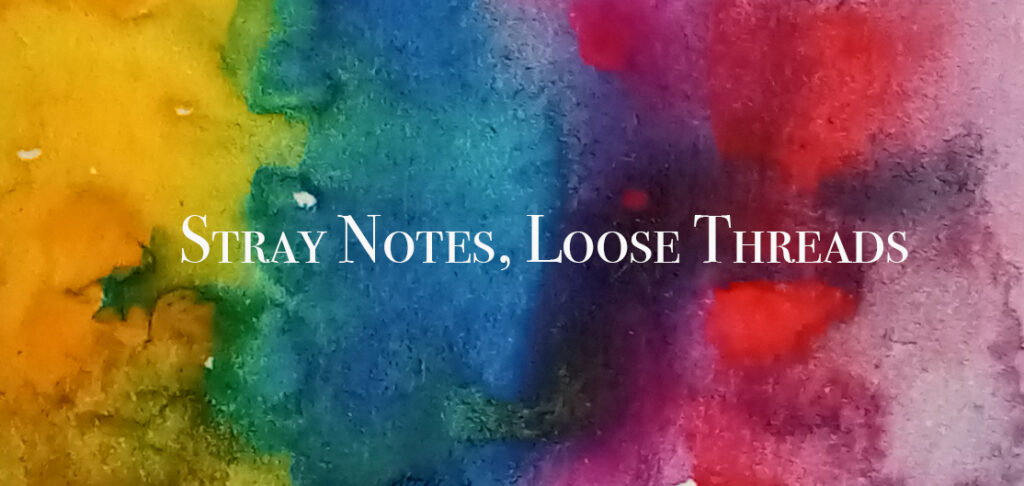
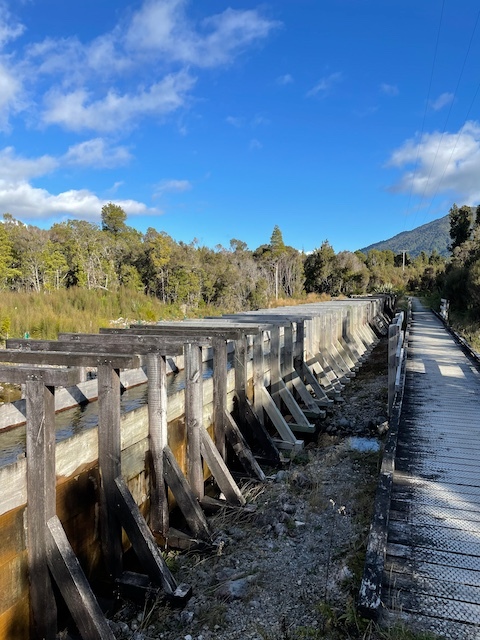

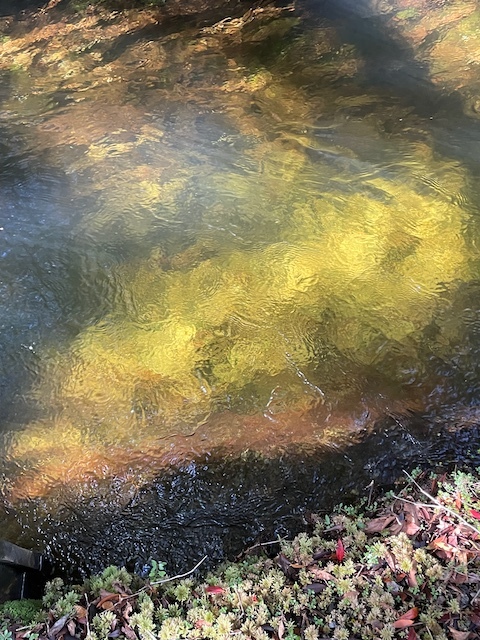
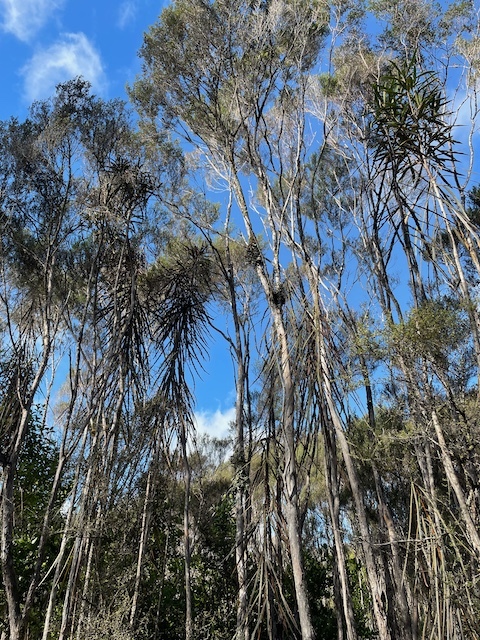
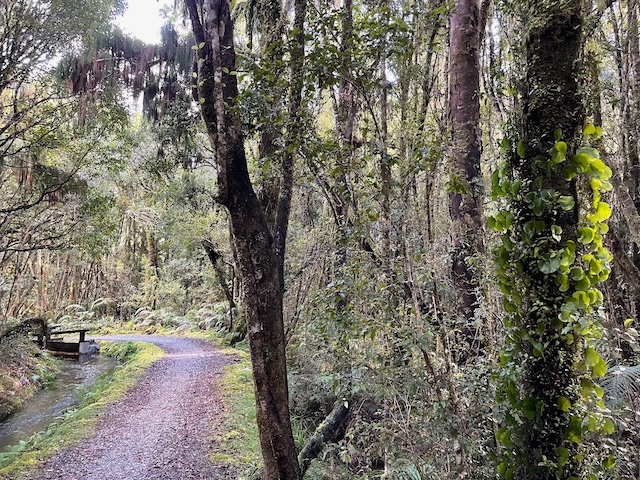

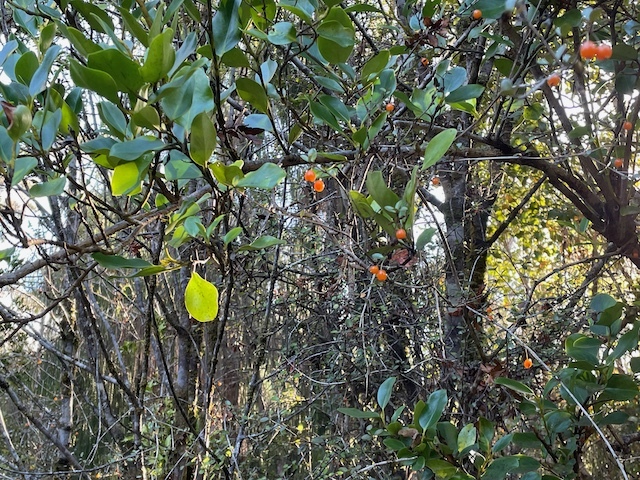
Leave a Reply